Why use a refrigerator to store vegetables during the winter when you can make use of the natural (and free) cold weather temperature with a root cellar?
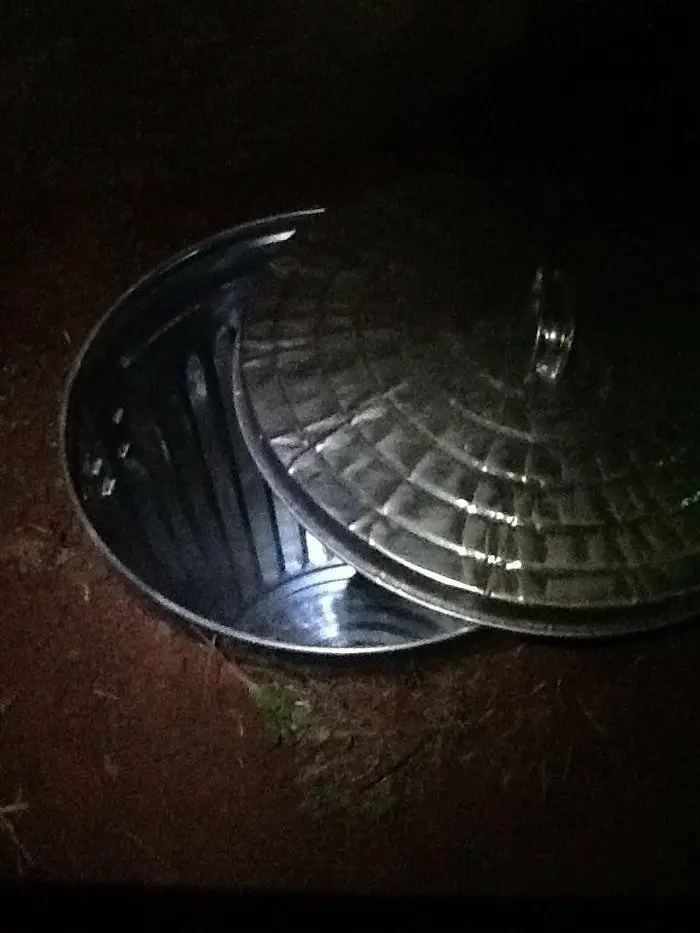
Root cellars come in different types, sizes and costs. It doesn’t always have to mean big investment or big project and this trash can root cellar is a good option if you’re looking for something small, simple and really cheap!
Got a backyard deep enough to bury a metal trash can? Great! The next thing to consider is the actual temperatures in your location. Of course, you wouldn’t want to ruin or spoil your root vegetables if your ground is too warm or too cold to serve as proper storage. However if the problem is having an extremely cold area, you might still be able to proceed by remedying the temperature with insulation panels.
Do you think a trash can root cellar will work for you? Learn how to make it by heading over to the step-by-step tutorial linked below!
Contents
Building a Trash Can Root Cellar
Materials
- Metal Trash Can with tight-fitting Lid
- Lots of Straw Mulch
- Stones
- 4 Large Rocks/Bricks
- Plastic Cover
Tools
- Shovel
- Drill/Hammer and a Nail (for punching holes)
Instructions
Step 1: Select the Location
- Select a location in your property free of standing water and easy access in winter. To preserve the low temperature inside the cellar, the area should also get little direct sunshine.
Step 2: Prepare the Trash Can
- Using a drill or hammer and nail, punch many drainage holes in the bottom from your metal garbage can. This will provide good air circulation, which is absolutely vital for maintaining the kept food, and help to avoid water collection.
Step 3: Dig the Hole
- Dig a hole deep enough for the trash can with the shovel. There should be enough space to add insulation since the hole should be somewhat bigger than the can.
Step 4: Add a Base Layer of Stones
- Starting at the bottom of the pit, place stones. This will help drainage and stop the can from lying on moist ground straight forwardly.
Step 5: Position the Trash Can
- Slide the trash can down into the hole. See that it rests flat on the stones. Firmly pack the dirt you removed around the can’s outside to ground it securely.
Step 6: Insulate with Straw Mulch
- Load plenty of straw mulch between the garbage bin and the hole’s sidewalls. This will give great insulation. For more thermal protection, tuck some of the straw within the can along the sides between your stored products.
Step 7: Add the Lid
- Position the can such that the tight-fitting lid covers it once it is insulated and set. This will keep the inside cool and dark as well as stop moisture and animals from invading.
Step 8: Secure with Rocks/Bricks
- To make sure the lid stays in place and to fasten it against wind, arrange the four big rocks or bricks on it.
Step 9: Cover with a Plastic Cover
- To waterproof the whole space, lay a heavy-duty plastic cover over it. Add more boulders or bricks to weigh down the cover’s edges so the wind won’t blow it away.
Step 10: Maintenance
- Check your root cellar often for evidence of pests or moisture buildup. Eliminate rotten items right away to stop them from ruining the remainder.
Click on any image to start lightbox display. Use your Esc key to close the lightbox.![]()
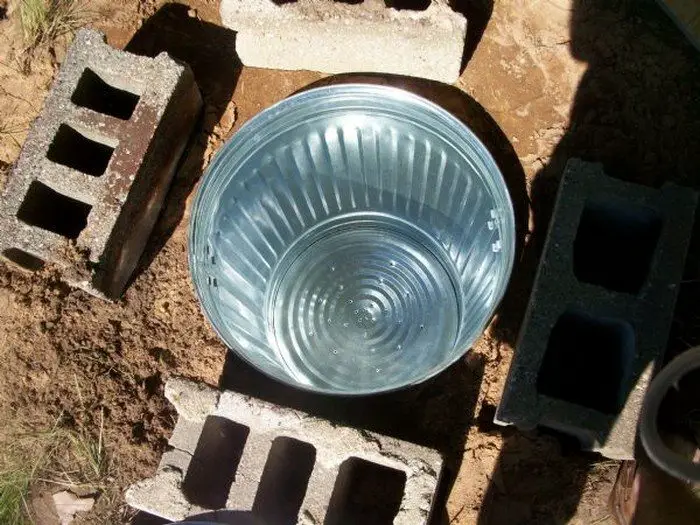
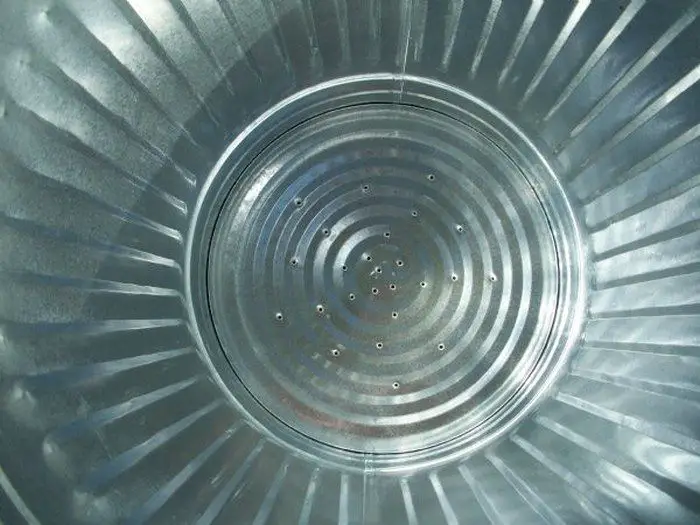
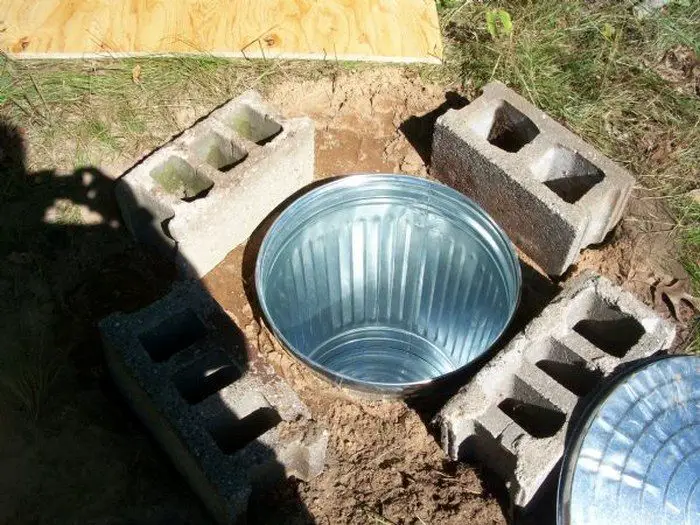
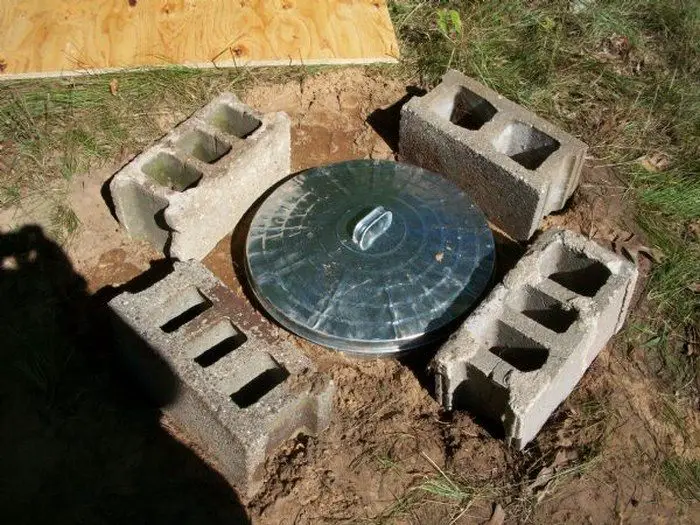

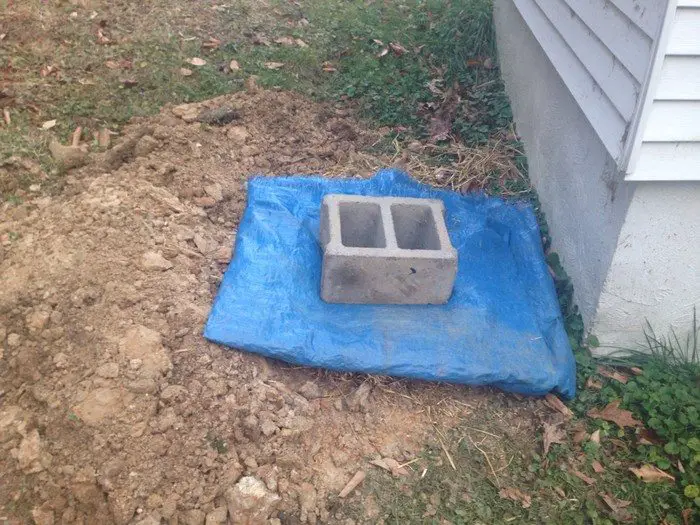
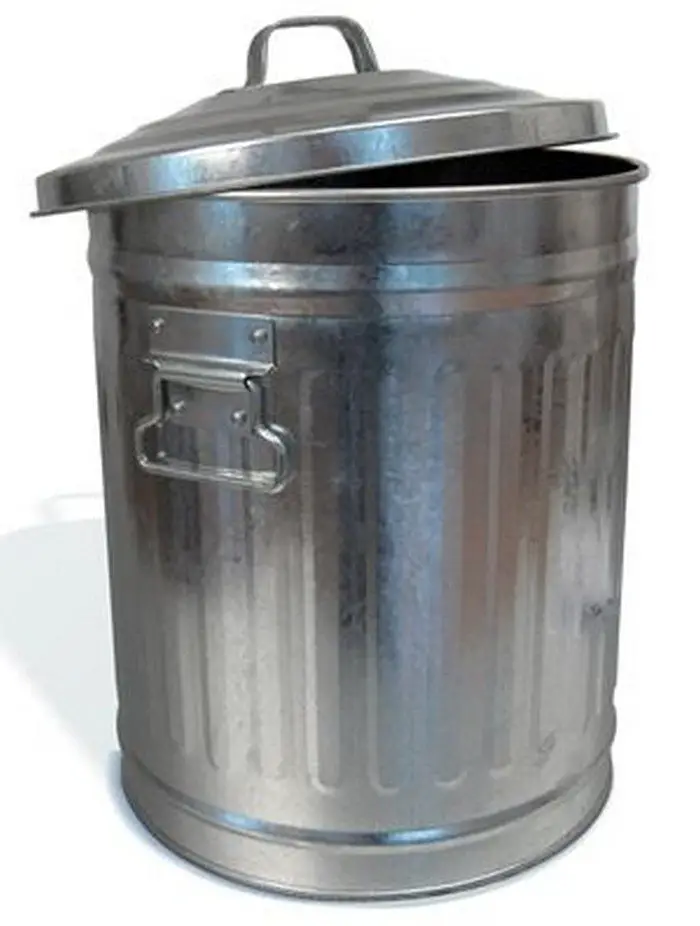
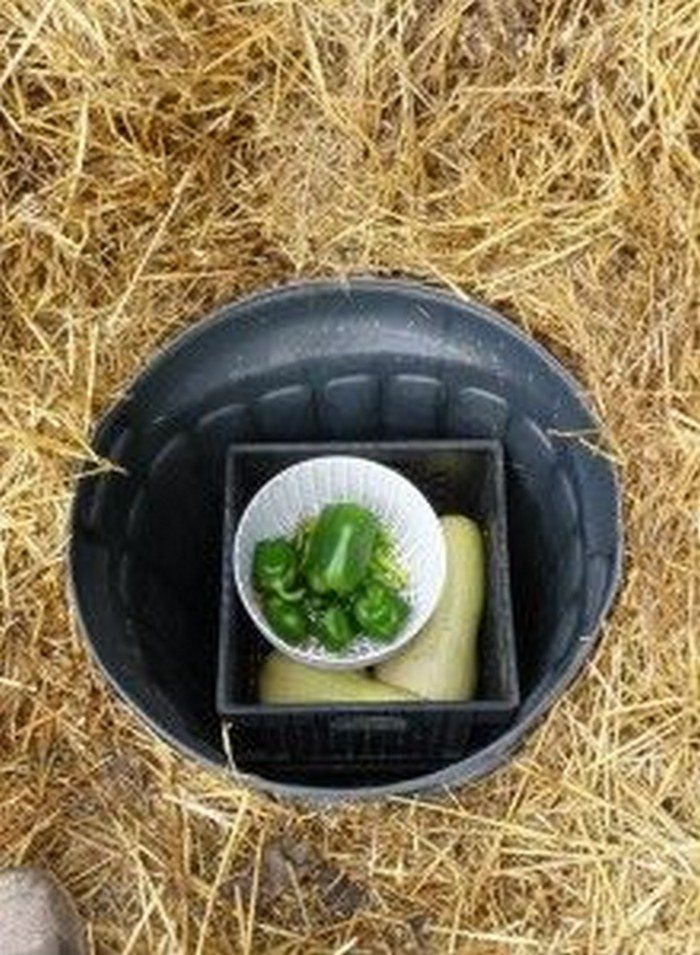
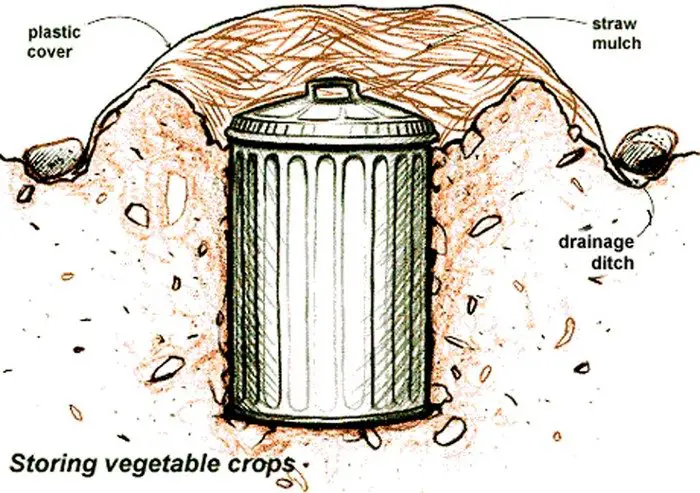
You can get more step-by-step instructions here…
Benefits of Using a Trash Can Root Cellar
During the colder months, a garbage can root cellar is a distinctive and efficient way to store fruits and vegetables. This approach uses the ground’s natural coolness and humidity to preserve vegetables without running electricity. Using a garbage can root cellar offers these main advantages:
Cost-Effective Storage Solution
Maintaining a trash can root cellar is quite reasonably priced. The first arrangement calls for just a few cheap materials, and maintenance or running expenses for power are not continuous. This makes it the perfect option for anyone trying to cut home costs while still keeping plenty of seasonal vegetables fresh.
Simple and Space-Saving
A garbage can root cellar can be quickly erected in a small area of your garden unlike conventional root cellars, which call for large space and sophisticated building. Urban gardeners or those with limited area will find it easily accessible given its small scale and simplicity.
Natural Preservation Method
By using a trash can root cellar lever, one may take advantage of the earth’s inherent cooling and humidifying qualities, therefore creating the perfect conditions for root vegetables and other crop storage. This approach guarantees your vegetables stay in best shape all winter by helping to preserve their freshness and nutritional content without resorting to synthetic cooling devices.
Enhanced Food Security
A trash can root cellar allows you to store large quantities of produce over the winter months, ensuring a consistent supply of food. This is especially beneficial during extreme weather events or other disruptions that might affect the availability of fresh produce at local markets.
Eco-Friendly
By using a trash can root cellar, you’re relying on a passive cooling system that does not emit greenhouse gases, unlike conventional refrigerators. This method significantly reduces your carbon footprint and promotes a more sustainable way of living.
Reduced Food Waste
Storing surplus fruits and vegetables in a trash can root cellar helps reduce food waste. By extending the shelf life of your produce, you can enjoy your garden’s bounty longer and minimize the amount of food that ends up in the trash due to spoilage.
Incorporating a trash can root cellar into your gardening and food preservation practices offers a sustainable, low-cost, and efficient way to extend the shelf life of your produce. Whether you’re a seasoned gardener or a beginner, this method provides an excellent alternative to more costly and energy-intensive storage options.
Best Vegetables and Fruits for Storage
Using a trash can root cellar is a superb way to extend the shelf life of many types of produce by leveraging the naturally cool and humid conditions of the underground environment. Not all fruits and vegetables are suited for such storage, however. Below, you’ll find a guide to the best candidates for storing in a trash can root cellar, ensuring they remain fresh throughout the colder months.
Ideal Vegetables for Root Cellar Storage
- Root Vegetables: Carrots, beets, and turnips are classic root cellar staples. These vegetables thrive in excellent, moist conditions, making them perfect for the underground storage provided by a trash can root cellar. Their hardy nature allows them to last for several months when stored properly.
- Tubers: Potatoes and sweet potatoes are also excellent for root cellar storage. They require a dark, cool environment to prevent sprouting and spoiling. In a trash can root cellar, potatoes can be kept for many months without losing their texture or taste.
- Alliums: Onions and garlic are well-suited for slightly drier conditions within the cooler environment of a root cellar. These should be stored in a breathable container like a mesh bag to allow air circulation, which prevents moisture buildup and subsequent rot.
- Cabbage Family: Cabbages, including red and green varieties, along with Brussels sprouts, thrive in the chill of a root cellar. These vegetables can last several weeks to months when kept at a constant low temperature and high humidity.
Best Fruits for Root Cellar Storage
- Apples: Certain varieties of apples, such as Fuji, Gala, and Honeycrisp, are excellent for long-term storage. They require a cool environment like that in a trash can root cellar, where they can stay crisp and fresh for several months.
- Pears: Like apples, certain pear varieties such as Bosc and D’Anjou are suitable for root cellar storage. Pears stored in a root cellar continue to ripen slowly, extending their usability over the winter months.
Tips for Optimizing Storage in Your Trash Can Root Cellar
- Maintaining the Right Conditions: It’s crucial to monitor the temperature and humidity levels within your trash can root cellar. Ideal conditions are typically between 32-40 degrees Fahrenheit with a humidity level of 85-95%. These conditions help prevent spoilage and maintain the crispness and flavor of the produce.
- Proper Preparation: Before placing vegetables and fruits in the root cellar, ensure they are clean and dry. Any dirt left on the produce can harbor moisture and encourage rot. However, avoid washing them until you’re ready to use them, as excess moisture can also lead to decay.
- Organization: Store fruits and vegetables in separate areas within the root cellar to prevent the fruits from accelerating the spoilage of vegetables due to ethylene gas production. Also, use slatted crates or mesh bags to allow for adequate air circulation around each piece of produce.
- Regular Checks: Regularly inspect your stored fruits and vegetables for signs of spoilage such as soft spots or mold. Remove any compromised items immediately to prevent them from affecting the rest.
The effectiveness of a trash can root cellar in preserving the freshness and nutritional value of seasonal produce makes it a valuable addition to any home. By choosing the right types of fruits and vegetables for storage and following best practices for their care, you can enjoy the fruits of your gardening labor well into the winter months. This not only reduces food waste but also enhances your food security and independence.
Conclusion
A sensible and affordable approach to preserving your seasonal produce is building a garbage can root cellar. Gardeners of any ability may easily do this basic project in a few hours using easily accessible materials, so saving time. A garbage can root cellar is a great option for sustainable living and more food security given its natural chilling qualities.
For more ideas to your garden. Check out our pest-proof gardening project!





